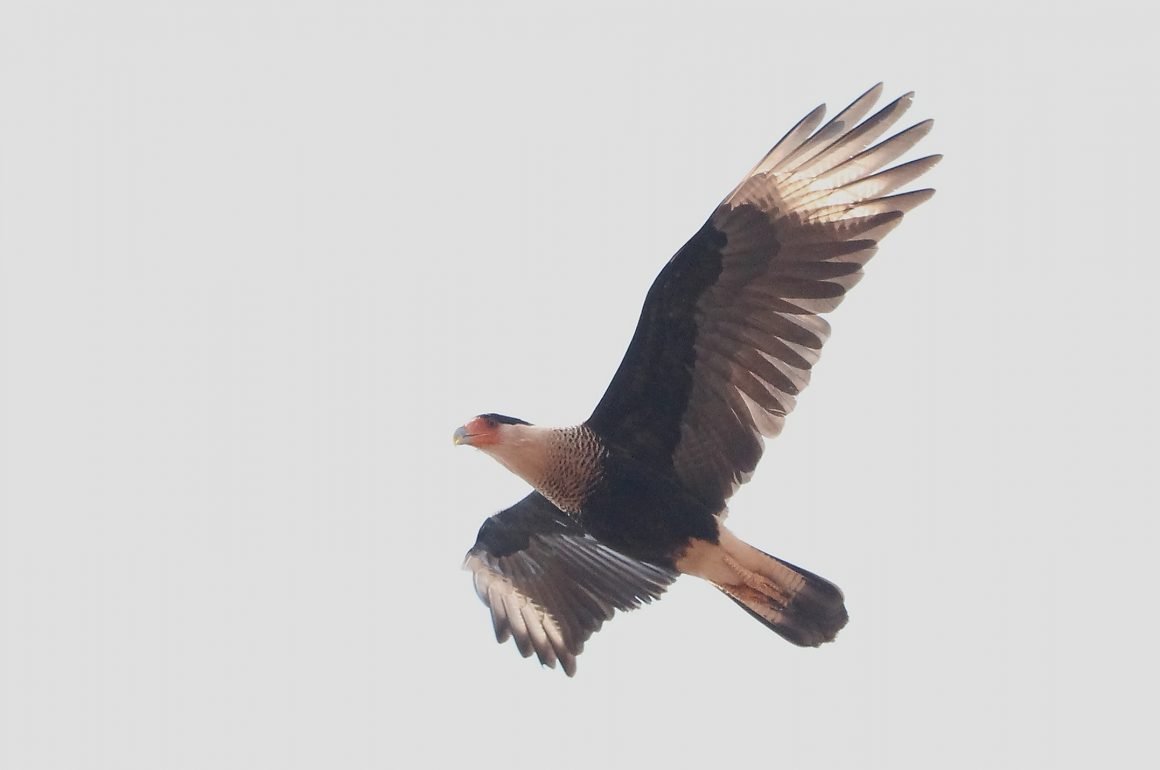
It isn’t often that a single outing of mine yields enough photos for two weeks’ posts. But last Wednesday at 1 a.m., only 5 hours before my deadline, I finally accepted that there was no way I was going to get all my Hot Country beauties from Paso Ancho into a single post.
The good thing about doing a “part 2” is that I already published the introduction last week. So, without further ado, let’s get to my remaining birds!
You absolutely cannot write about Paso Ancho without showing Orange-breasted Buntings. The males can compete with Painted Buntings for their neon colors, and the females, like those of that related species, have their own subtle beauty. (It’s a lot of fun taking my Mexican friends to see their first Orange-breasted Buntings. It is always a species they have dreamed of seeing for years.)
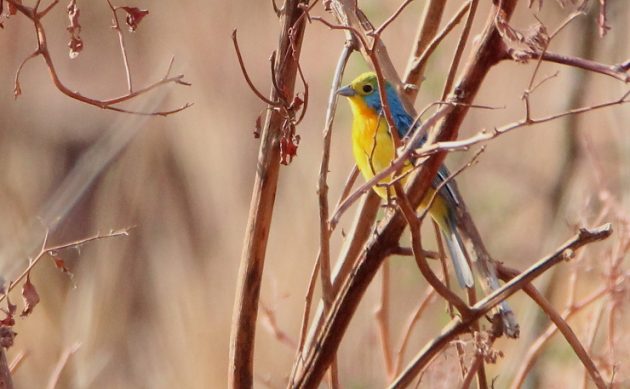
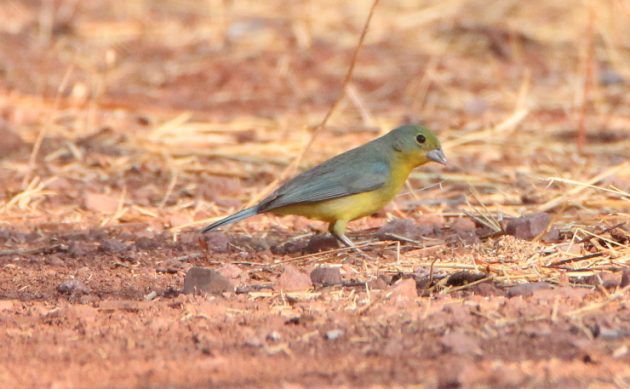
Here are three other endemics that can be seen in Paso Ancho. Golden Vireos can also be seen near my home, while Rufous-backed Robins even visit my garden, when conditions are right. But the Golden-cheeked Woodpecker (in this case, a female) is a strictly Hot Country species, replaced by the closely-related Golden-fronted Woodpecker up where we live.
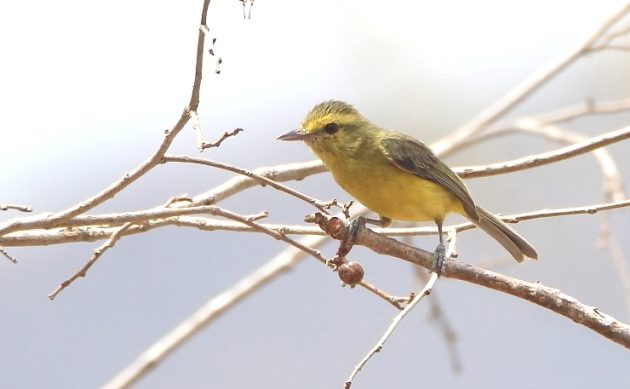
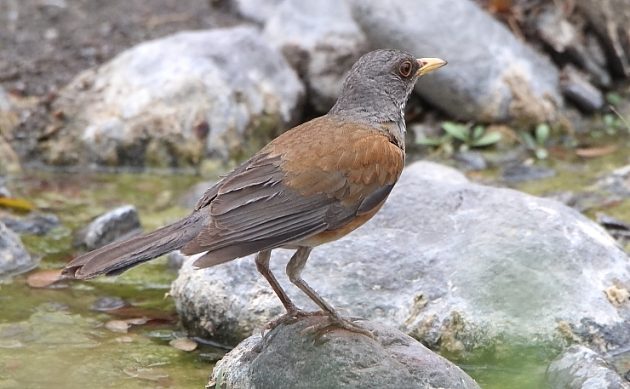
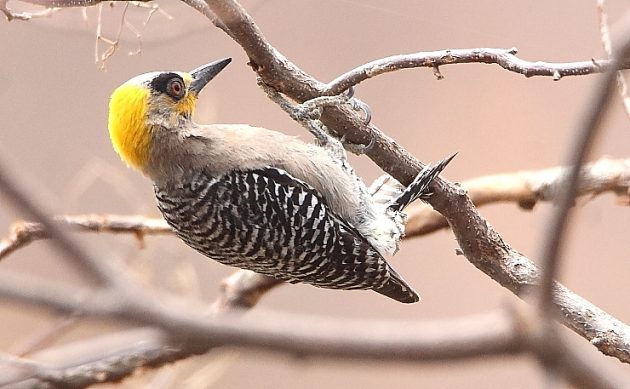
Of course, plenty of non-endemics also turned up to have their picture taken. Great Kiskadees are common (and noisy) residents of the area. The following photo of a Social Flycatcher is subpar, but it does show the challenge of distinguishing between these two close relatives. (Social Flycatchers have shorter bills, and lack rufous on its wings. They have an orange mark on their crowns, but usually do not show it.)
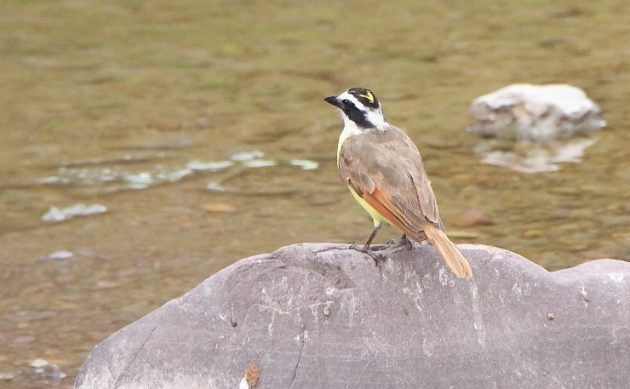
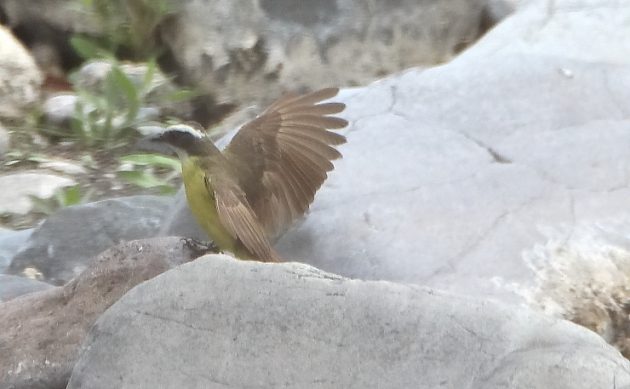
Green Herons can probably be seen by most of our readers on their home turf. But they are such handsome birds that I can’t resist showing them off. And breeding season allows me to notice certain details that I might miss during the rest of the year. I had never seen the orange legs that this breeding adult is showing, as opposed to the yellow-green legs of the immature one below it.
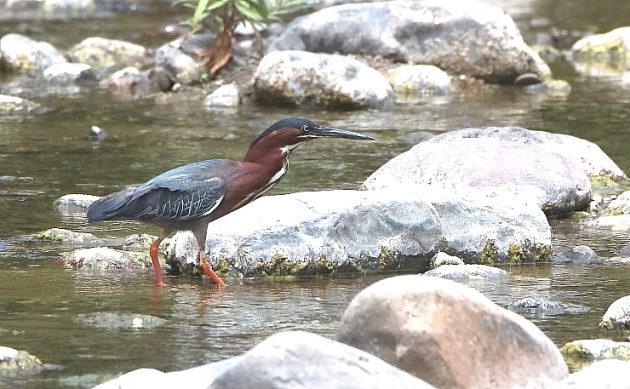
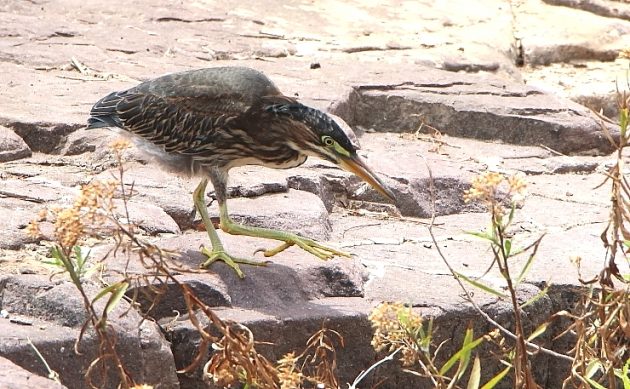
A closeup of the same immature Heron reveals that it is still in that awkward peach-fuzz stage.
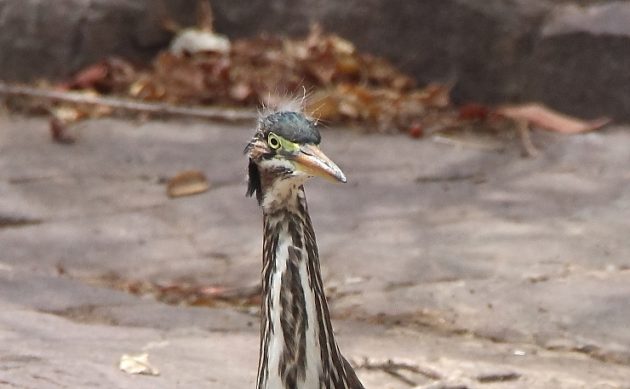
But nothing says “awkward stage” like the plumage of this molting immature Blue-black Grassquit:
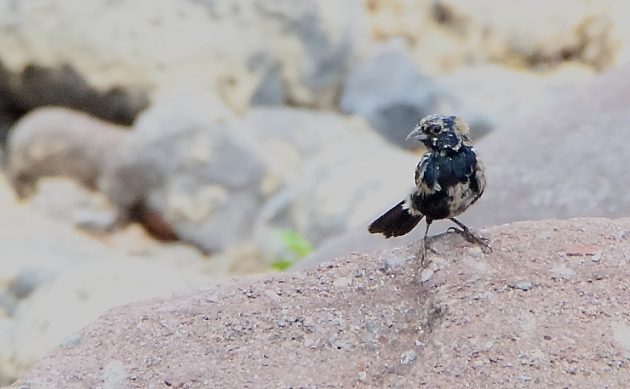
I can’t get enough of the details on Groove-billed Anis’ shoulders and heads. It’s the little things that make basic black elegant.
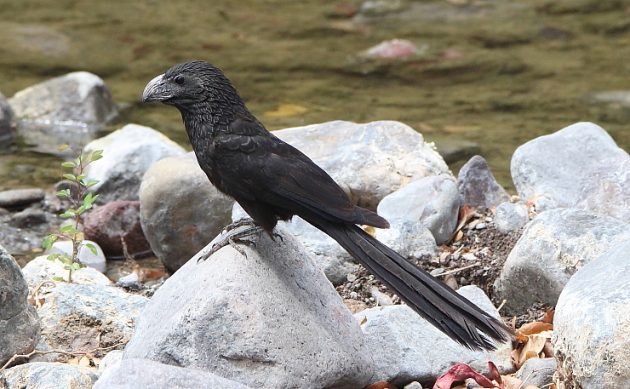
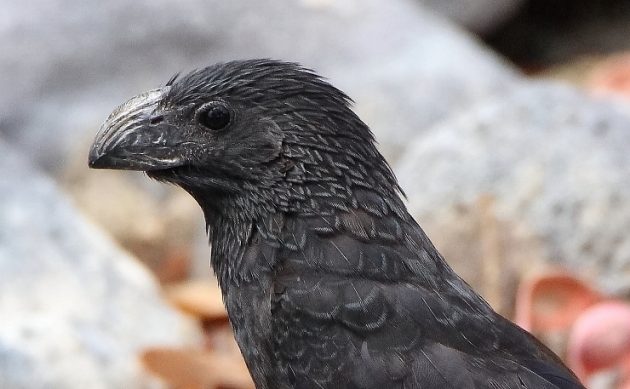
Here in Michoacán, we have four different species from the Myiarchus genus of the Tyrant-Flycatcher family. Of course, to say they are “different” is incredibly generous of me. They are extremely difficult to distinguish, although they make up for it by being lovely birds. The tail pattern on this one suggests that it is an Ash-throated Flycatcher.
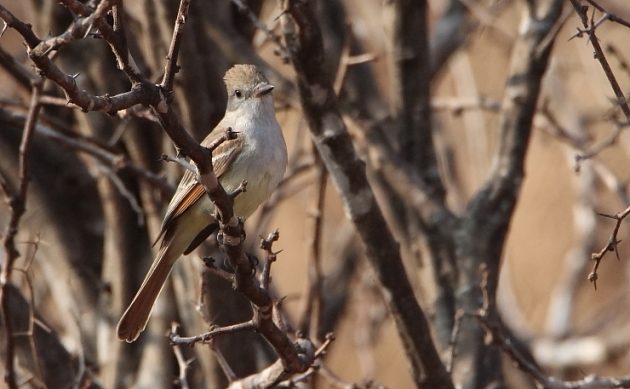
In case you were wondering, I’ll clarify that the header photo is of a Crested Caracara, a weird hawk-sized falcon that can’t decide whether it wants to be a hunter or a carrion-eater. This particular Caracara makes me look like a bird whisperer, by taking flight each morning at the same time when I take other birders to Paso Ancho. But this was the first time he flew directly overhead. Our relationship seems to be advancing.
And I’ll end with a non-avian photo that reveals my age. Whenever I see these Tillandsia-covered trees, I think of of the original-series Star Trek episode “The Trouble with Tribbles”. You youngsters can google that.
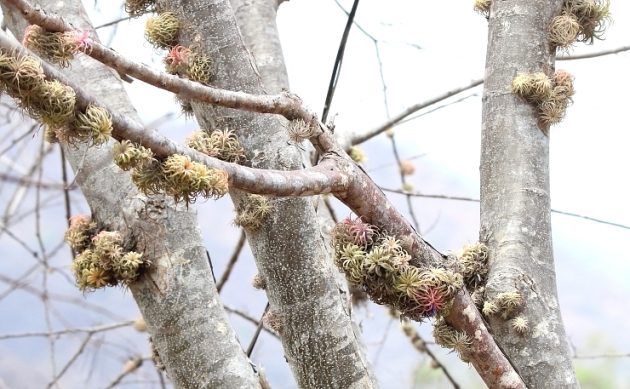













Lovely birds, especially the woodpecker, the caracara, and the bunting … Your posts are something to look forward to each Thursday morning (Shanghai time).